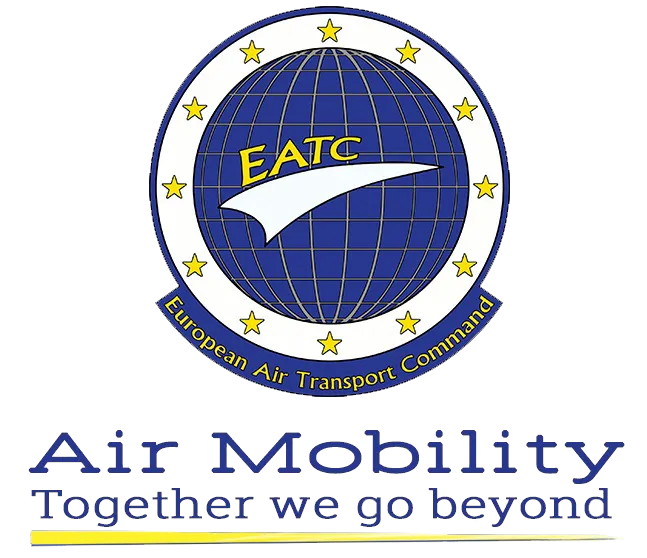On 16 October 2025, the European Air Transport Command (EATC) welcomed a high-level delegation from the aerospace firm RADIA, composed of Ken Bibb, Vice President of Defence Business Development, Melvin Johnson, Vice President of Regulatory Affairs, and Retired General Christian Badia, European Advisor and former EATC Commander (2014–2017). The visit served as a dedicated exchange on the evolving challenges and opportunities in oversized and outsized air transport, underscoring RADIA’s ambition to engage with institutional partners and refine its value proposition for future defence and logistical customers.
Strategic Context: Why Oversized and Outsized Airlift Matters
The visit took place against a backdrop of growing awareness in NATO and allied air mobility circles about looming capability gaps in moving very large cargo loads. Two key terms warrant clarification:
- Oversized cargo generally refers to loads too large to fit into standard pallet positions or conventional cargo modules but still manageable in typical large transport aircraft.
- Outsized cargo describes single items whose dimensions exceed predefined thresholds and therefore cannot use conventional cargo handling or loading systems.
In military and strategic mobility parlance, outsized cargo requires dedicated airlift platforms capable of handling exceedingly large or awkwardly shaped equipment—think entire rotor blades, missile launchers, or specialized modules that cannot be broken down.
Key Themes of the Visit and Dialogue
Over the course of the morning, the RADIA delegation engaged with EATC leadership and subject-matter experts in a structured discussion that addressed:
- Operational Requirement Mapping
Drawing on EATC’s institutional experience, the parties compared load profiles, route patterns, and future demand projections for outsized cargo within and beyond the European theatre. - Capability Gaps & Time Horizons
A recurring concern is that existing airlift fleets will gradually age out, and with no new outsized-dedicated builds, a strategic shortfall is emerging. RADIA sought to understand how EATC and member nations assess the timeline of obsolescence, and how a new platform might be phased in. - Role Definition: Strategic vs. Tactical Use
RADIA emphasized that its WindRunner aircraft is conceived as a strategic asset—designed for long-range logistic operations rather than tactical, in-theatre missions—offering complementary capability to existing fleets. - Potential EATC Involvement
While the visit was exploratory in nature, RADIA emphasized the value of laying the groundwork for sustained exchanges. In this context, EATC could potentially assume an advisory role, leveraging its multinational expertise to shape common standards, collective priorities, and pooled capability assessments across member nations. - Technical and Conceptual Challenges
Naturally, RADIA sought feedback on issues such as airport and runway compatibility, load handling infrastructure, regulatory constraints, avionics integration, certification pathways, and modularity of payloads. EATC brought forth constraints from host-nation airfield limitations, alliance interoperability, and cost-profile considerations.
Significance and Outlook for EATC and NATO Mobility
From EATC’s vantage, the visit of RADIA offers a timely opportunity to stay ahead of looming capability gaps. Although the alliance still commands formidable airlift resources, the horizon must be scanned for the next generation of challenges—especially in transporting outsized payloads critical for infrastructure, platform modules and weapon systems.
Some takeaways and possible next steps:
- The RADIA proposal serves to crystallize the notion that strategic outsized volume transport is a distinct capability class needing forward planning.
- EATC could play a role in demand aggregation, aligning various national needs and in the process fostering greater coherence and synergy for the development of future capabilities.
- Further technical exchanges, if deemed necessary and useful, may pave the path forward.
- Crucially, it remains to be determined whether European nations will see sufficient strategic demand—and funding appetite—to commit to a novel airlift platform alongside or beyond existing fleets.
While the October meeting was exploratory in nature, it demonstrates that EATC is actively engaging with industry to help shape tomorrow’s mobility architecture. Should RADIA’s vision materialize, European air mobility planners will have contributed from the start to defining how outsized strategic logistics are addressed in the decades ahead.

